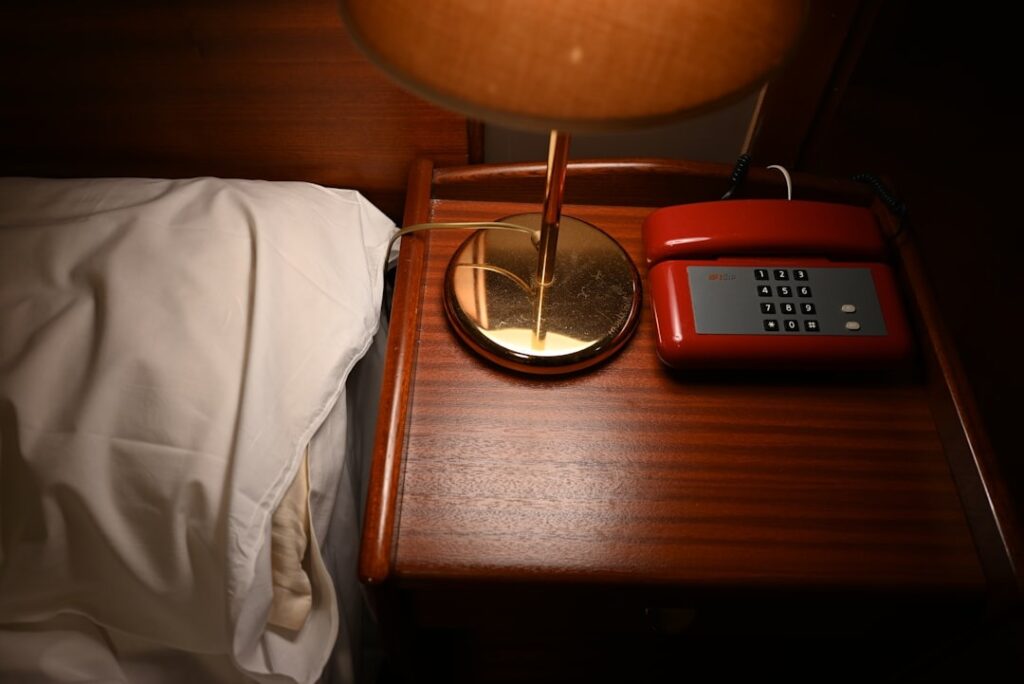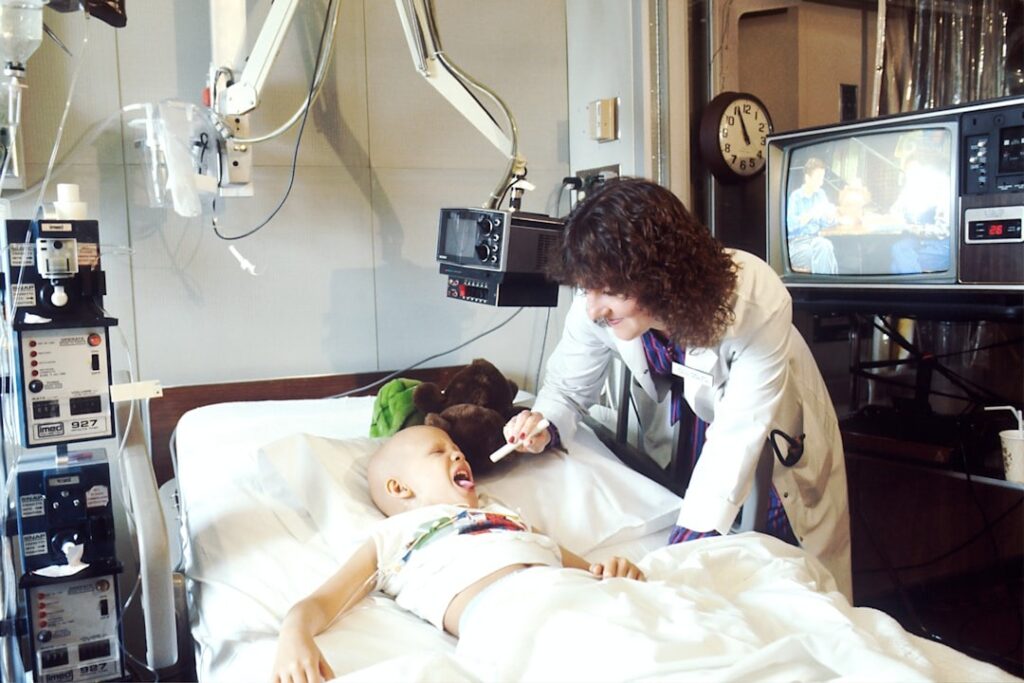Sleep is a vital component of overall health, and disturbances in sleep can have profound effects on one’s well-being. Diagnosing sleep problems like sleep apnea traditionally involved overnight stays at sleep clinics, which can be inconvenient and intimidating for many patients. However, with advancements in medical technology, at-home sleep testing has become a feasible and effective alternative. In this article, we will explore the role of home sleep studies in diagnosing sleep problems, focusing on their benefits, how they work, and their significance in the broader context of sleep disorder management.

by Valentina Kondrasyuk (https://unsplash.com/@valentinakond)
At-home sleep testing is a method that allows patients to undergo sleep studies in the comfort of their own homes. This type of testing is particularly useful for diagnosing obstructive sleep apnea (OSA), a condition where breathing repeatedly stops and starts during sleep.
How Does a Home Sleep Study Work?
A home sleep study typically involves a portable device that records various physiological parameters while the patient sleeps. These parameters often include:
- Breathing patterns: The device monitors airflow to detect any interruptions.
- Oxygen levels: A pulse oximeter measures the blood oxygen saturation.
- Heart rate: The heart rate is recorded to observe any irregularities.
- Body movements: Sensors detect movements that could indicate restlessness or awakenings.
The data collected is then analyzed by sleep specialists to identify any sleep disorders, such as sleep apnea.
Benefits of Home Sleep Studies
Convenience and Comfort
One of the most significant advantages of home sleep studies is the comfort and convenience they provide. Patients can sleep in their beds without the stress and disruption of spending the night in a clinical setting. This familiar environment often leads to more accurate results, as the patient’s sleep is not influenced by unfamiliar surroundings.
Improved Patient Compliance

by Kristin Snippe (https://unsplash.com/@frausnippe)
Patient compliance is crucial for accurate diagnosis and treatment. Home sleep studies tend to have higher compliance rates because they are less invasive and more comfortable for patients. The simplicity of using the device, along with the absence of wires and electrodes typically used in a lab setting, encourages patients to complete the study as instructed.
Cost-Effectiveness
Home sleep studies are generally more cost-effective than traditional in-lab sleep studies. They eliminate the need for expensive overnight stays in a sleep clinic and reduce the associated costs of facility use and staff. This makes sleep apnea testing more accessible to a broader population.
Home Sleep Studies and Sleep Apnea Diagnosis
Identifying Sleep Apnea
Sleep apnea is a common sleep disorder that can lead to serious health issues if left untreated. At-home sleep testing is particularly effective in diagnosing obstructive sleep apnea. The data collected during the test can reveal patterns of disrupted breathing and low oxygen levels, which are key indicators of the disorder.
Role in Treatment Planning
Once a diagnosis is made, home sleep studies also help in planning treatment. The results provide essential insights into the severity of the condition, allowing healthcare providers to tailor treatment plans to the individual needs of the patient. This personalized approach can significantly enhance treatment outcomes.
The Broader Context of Sleep Disorder Management

by National Cancer Institute (https://unsplash.com/@nci)
Monitoring and Follow-Up
Home sleep studies are not only useful for initial diagnosis but also for ongoing monitoring of sleep disorders. Patients undergoing treatment for sleep apnea, for example, can use home sleep studies to assess the effectiveness of their treatment and make necessary adjustments.
Enhancing Healthcare Accessibility
By offering a less intrusive and more affordable option, home sleep studies enhance accessibility to sleep disorder testing. This is particularly beneficial in rural or underserved areas where access to sleep clinics may be limited.
Future Directions in Sleep Disorder Diagnosis
The field of sleep medicine continues to evolve, with new technologies and methodologies being developed to improve the diagnosis and management of sleep disorders. Home sleep studies are at the forefront of this evolution, representing a shift towards patient-centered care that prioritizes convenience, compliance, and cost-effectiveness.
Conclusion
Home sleep studies play a crucial role in diagnosing sleep problems, offering a convenient, cost-effective, and patient-friendly alternative to traditional sleep clinic studies. They are particularly valuable in diagnosing conditions like sleep apnea, improving patient compliance, and facilitating ongoing monitoring and treatment planning. As technology continues to advance, the role of home sleep studies in sleep disorder management is likely to expand, making it an indispensable tool in the field of sleep medicine.
In summary, at-home sleep testing represents a significant advancement in the diagnosis and management of sleep disorders. By embracing this innovative approach, we can improve patient outcomes and make sleep healthcare more accessible to those who need it most.
